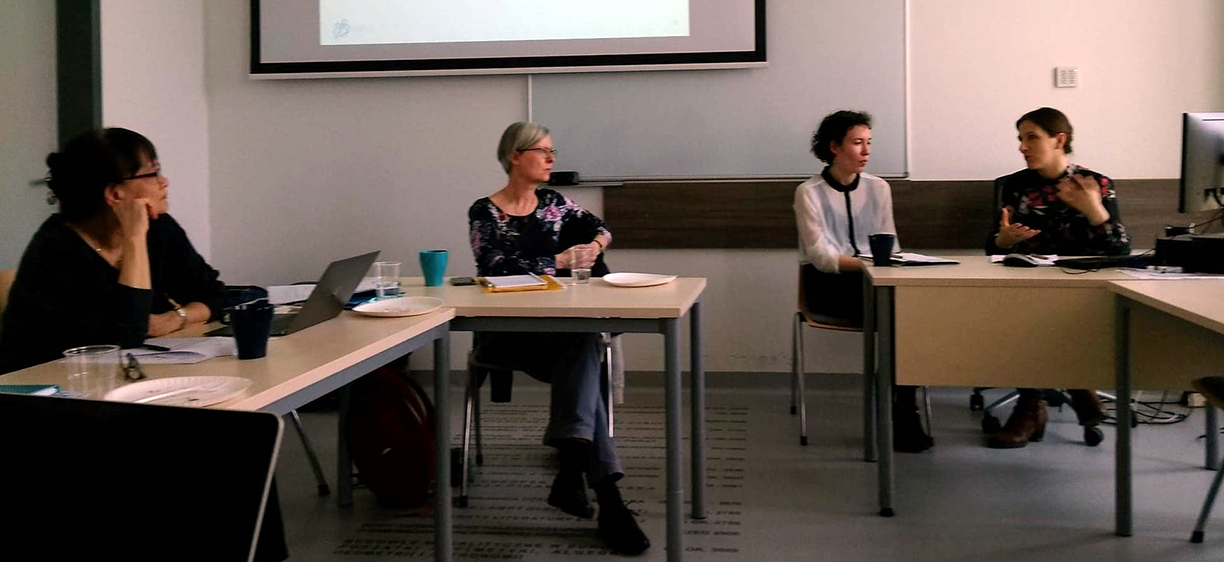In early March 2018, our research team met in Poznań to discuss preliminary findings, methodological challenges and successes, and to receive feedback from our Advisory Board members.
By Elzbieta Gozdziak, photo by Izabella Main
We combine different qualitative methods. Some of our research is done by participating at workplaces and other social settings where nurses from the three countries take part. Another substantial part of the research is done through interviews. By now, we have interviewed approximately 60 nurses, including Filipino nurses residing in Norway as well as Filipino nurses in the Philippines, and Polish nurses who have worked in many different parts of Norway.
Using Skype to interview
Many of these interviews were conducted face-to-face, but to reach some of our respondents living in remote areas of Norway, we had to rely on Skype. Voice over Internet Protocols such as Skype are gaining prominence among qualitative researchers as they allow to conduct interviews over vast distances when travel is costly and impractical—see for example this article.
The members of our interdisciplinary team of anthropologists, social geographers, sociologists, and psychologists are divided in their assessment of new interview technologies, citing inability to immerse oneself in a cultural, group or social experience on an informal level. Skype is not conducive to deep hanging, a form of participatory observation in which the anthropologist is physically present in a group for extended periods of time or for long informal sessions, said some of our colleagues. But perhaps we should devote a separate blog post to Internet protocols in data collection and the use of social media to recruit study participants.
Different recruitment of nurses
The nurses we interviewed came to Norway over a period of several years, both during the time when the Norwegian government was openly recruiting nurses from abroad and during more recent times when the recruitment is left to private actors such as individual nurses or private recruiting firms.
We are noticing differences in the types of jobs, stability of employment, and working conditions experienced by the nurses who came earlier as part of governmental recruiting schemes and those who arrived more recently. These differences might stem from the length of time the nurses have been working in Norway, not simply recruitment approaches. We need more data to arrive at more straightforward conclusions and our research continues with this in mind.
Differences in motivations
Team members reported interesting distinctions in motivation to train as a nurse and to work in Norway. The Filipino nurses are largely motivated to train as a nurse in order to improve the livelihoods of their families. As our colleague, Aslaug Gotehus indicates in her blog, the nursing profession is seen as a secure way to find well-paid jobs overseas.
Many of the Polish nurses conceptualize their “migration” to Norway as a sojourn to save enough money to be able to buy a flat in Poland. They do not send regular or extensive remittances to families back home; in several instances the family in Poland supports them by supplying tasty Polish foodstuffs or hosting them between assignments.
Although we have only scratched the surface with our interviews, the team has already identified several potential topics for publications, including deskilling, precarity, integration in the labor market and the broader Norwegian society, communication styles and intimacies.
The comments from our Advisory Board members have been invaluable and will serve us well as we refine our continued research and publication plans. Stay tuned!
